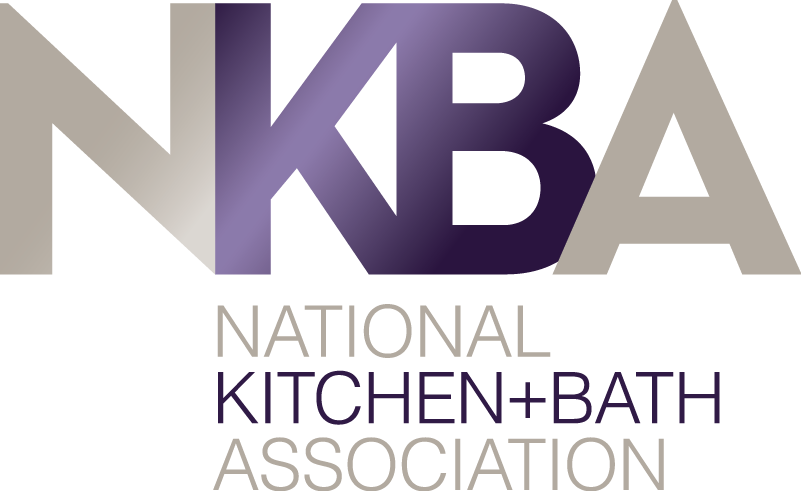
When embarking on a kitchen design or remodel, the concept of texture plays a pivotal role in creating a space that’s not only visually appealing but also inviting and rich in character. In the bustling city of Fort Collins, CO, homeowners are increasingly looking for ways to elevate their kitchen spaces into areas that reflect personal style while maintaining functionality. By incorporating various layers of texture, you can achieve a kitchen that stands out in the area’s vibrant home design landscape. Here are key strategies to layer texture for a richer kitchen design.
The Joy of Natural Materials
Incorporating natural materials is arguably the most effective way to introduce texture into your kitchen design. Working with an experienced kitchen remodeler ensures these elements—like stone, wood, and marble—are integrated thoughtfully, creating a space that balances serenity, warmth, and functionality. Rough stone floors contrast beautifully with smooth marble countertops, while sustainably sourced hardwoods like oak and walnut add depth and organic charm to cabinetry or flooring.
Embracing Handcrafted Elements
The inclusion of handcrafted tiles, reeded glass in cabinet doors, or uniquely patterned splashbacks can add layers of texture that make your kitchen feel bespoke and richly detailed. Handmade ceramic tiles for a backsplash, for example, bring a beautifully irregular, tactile effect that cannot be replicated by mass-manufactured products. Moreover, the texture of these elements enriches the kitchen’s visual palette and invites touch, further enhancing the room’s dynamic.
Mixing and Matching Materials
Creating contrast through the mixing and matching of materials is a surefire way to layer texture effectively. A skilled kitchen contractor can help combine painted cabinetry with exposed timbers or incorporate fluted finishes on islands and cabinets for added depth. Mixing materials like metal, wood, and stone within the same space not only adds interest but also enables a dialogue between different textures, contributing to a multifaceted and engaging design.
Focal Points through Textured Surfaces
Focal points in kitchen design are not limited to color contrasts or statement pieces of furniture; textured surfaces can also draw attention and add intrigue. For instance, a bold, textured splashback or a dramatic range hood fashioned from contrasting materials can become a striking focal point that anchors the room. Similarly, countertops with dramatic movement or veining can add an element of texture that captivates and delights.
Soft Textures for Balance
In a room known for its hard surfaces, introducing soft textures can create a welcoming atmosphere. Partnering with a trusted local business like DreamMaker Bath & Kitchen of Larimer County ensures that even elements like soft furnishings, textured rugs, or woven baskets are chosen to complement your kitchen design. Fabrics and soft finishes invite touch and contribute to a layered, lived-in feel that balances the harder, more durable materials traditionally used in kitchens.
Conclusion
A thoughtfully designed kitchen with layered textures can transform the heart of your home into a space that’s both functional and deeply reflective of your personal style. It’s about balancing hard and soft, rough and smooth, to create a room that appeals not only to the eye but also to the touch.
Let’s Start a Conversation!
When homeowners search for a “contractor near me“, DreamMaker Bath & Kitchen of Larimer County rises to the top as the trusted name in kitchen remodeling. Our team blends creativity, craftsmanship, and functionality to deliver a kitchen that reflects your personal style. Contact us today at (970) 695-1320 or fill out our online form to begin your project. We proudly serve Fort Collins, Laporte, Loveland, Lyons, Timnath, Johnstown, Berthoud, and Wellington.




